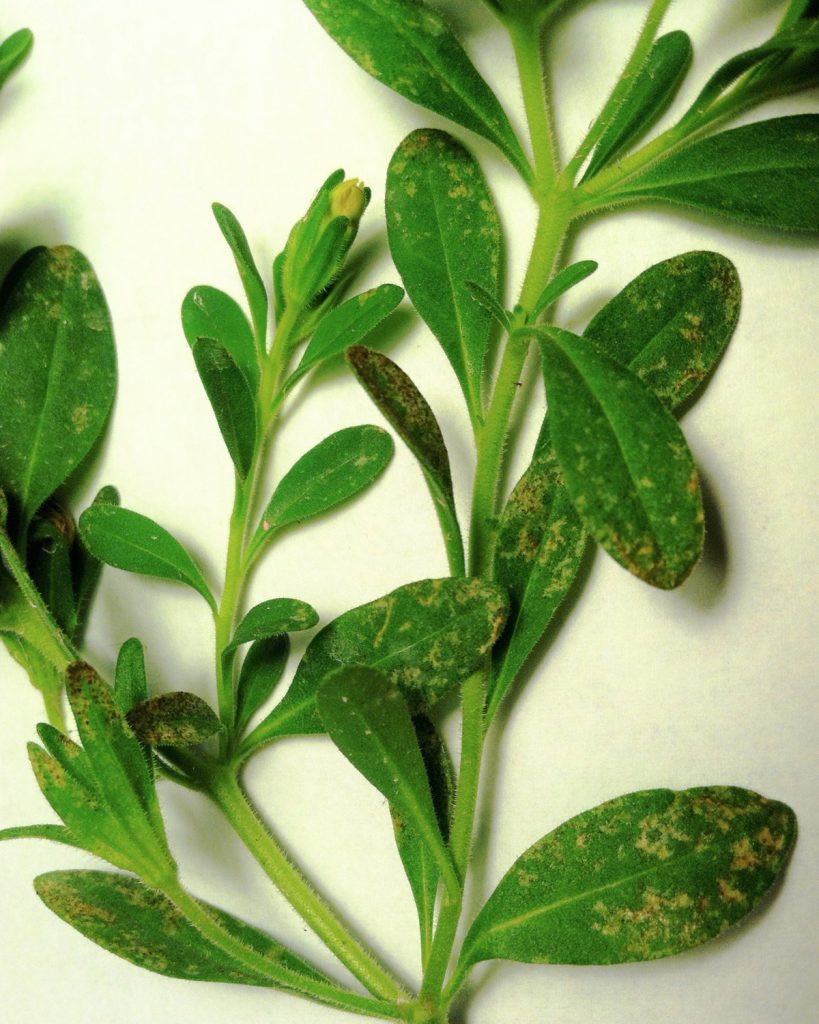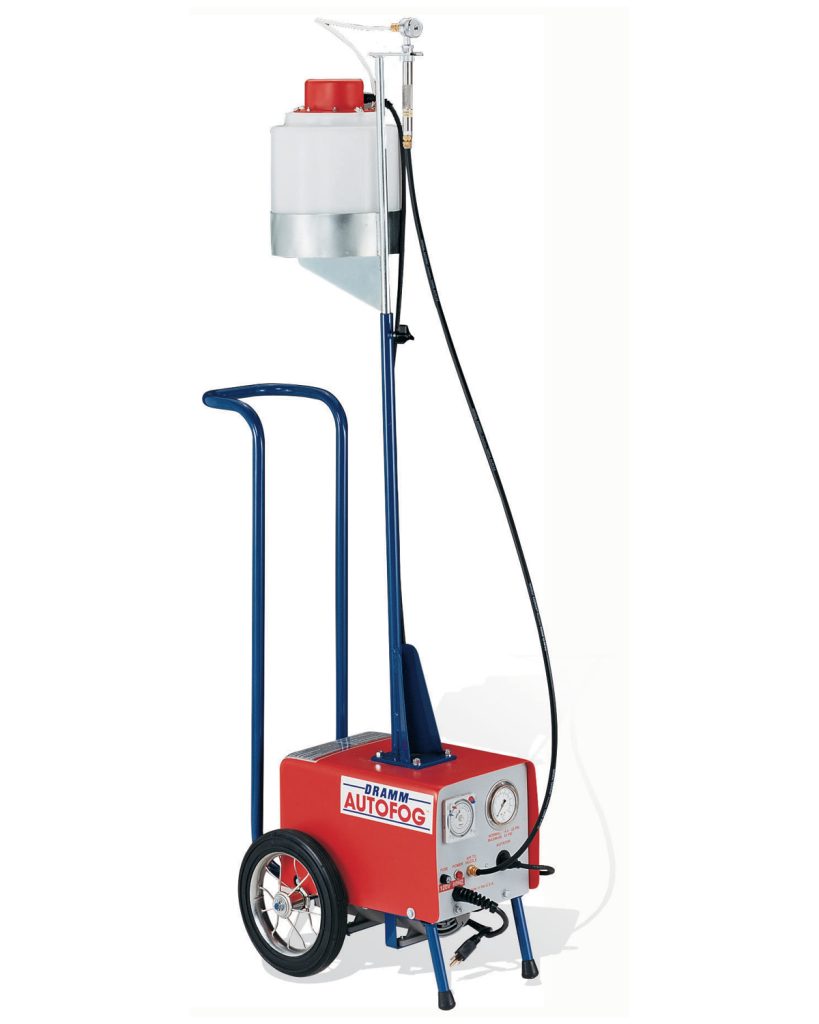


Summer growing conditions give us the welcome opportunity to shut down the heating system and the associated energy expenses for a few months. The warm sunny days and nearly constant ventilation greatly diminishes the risk from many foliar diseases. The other side of the coin is that the long days and elevated temperatures kick many insect and mite pest life cycles into overdrive! Ideal temperatures for thrips reproduction are 80-85°F. This shortens the life cycle down to as little as 10 days¹. No wonder that thrips populations seem to increase exponentially as we get into the summer. In many parts of the country, fly ins (or more accurately blown in or sucked in) can add to the pest pressure throughout the active growing season. Hot and low humidity weather can bring out the worst in spider mites as well. In the summer, spider mites can increase by 70-fold in 6 days². With this level of reproductive capacity even a well-designed BCA program may struggle to keep up.
So what is a grower to do?
- Early Detection – scouting can alert us to pest populations before they get out of hand. Most of us are busy and tired come mid-May, but a dedicated scout can save an operation a lot of time and money. By catching insect and mite problems early control options are increased and effective treatments avoid the exponential growth curve sure to follow.
- Crop Selection – If there are crops that historically are troublemakers during summer production at your facility, consider reducing or eliminating them from your summer offerings. Keep good records from year to year to supplement your memory and plan accordingly.
- Consider Drench Applications – It can be difficult to spray often enough to keep up with runaway pest populations. Drenches as a rule provide longer lasting control than sprays do. They also eliminate the issue of spray coverage on mature plants that can be more difficult to spray with a thick canopy of foliage. Some drenchable insecticides such as Mainspring and Kontos can provide 5 weeks or more of coverage even under summer conditions. (see table of drench options below)
- Importing Pests? – Many northern growers bring beautiful tropical plants up from the south to add heat loving flowers to their summer line up. Unfortunately, all too often they bring with them thrips, mealybugs and highly resistant spider mites. Try to identify and utilize those sources that provide consistently clean plants. Even the best growers can have a pest struggle from time to time, but make note of those crops that are more trouble than they are worth. If possible, segregate incoming plants until they can be scouted and if needed, treated before introducing them to the rest of the operation.
- ULV Fogging Equipment – Ultra-low volume (ULV) Fogging equipment provides thorough treatments and reduced labor when compared to hydraulic spraying. The Dramm Autofog comes with timer for starting and stopping the fog treatment after the sun goes down and the greenhouses can be safely closed. Griffin sells the full line of Dramm foggers and is the only company that provides regularly updated fogger charts to growers who purchase their foggers through us. The charts are customized based on the square footage of each greenhouse and include water and chemical requirements for most of the commonly used fungicides, insecticides and miticides that are approved for fogging. Contact your salesperson or GGSPro for more details on the lineup of Dramm foggers.
| Drench Product³ | Item # | MOA | Labeled Crops | Pests Controlled | Comments |
|---|---|---|---|---|---|
| Altus | 70-1161 | 4D | Ornamentals, vegetable transplants, certain vegetables to harvest | Aphids, leafhoppers, plant bugs | Thrips and whitefly suppression |
| Endeavor | 70-1655 | 9B | Ornamentals, vegetable transplants | Aphids | Good BCA compatibility |
| Flagship | 70-17002 | 4A | Ornamentals | Aphids, beetles, fungus gnat larvae, leafminers | EPA bee safety box, thrips and whitefly suppression |
| Kontos | 70-19601 | 23 | Ornamentals, vegetable transplants | Aphids, broad mites, leafhoppers, thrips, spider mites, whiteflies | Phyto cautions include all geraniums, dracaena |
| Mainspring | 70-2331 | 28 | Ornamentals | Aphids, caterpillars, leafminers, thrips, whiteflies | EPA bee safety box, longest residual |
| Marathon II | 70-23712 | 4A | Ornamentals, vegetable transplants | Aphids, leafhoppers, leafminers | EPA bee safety box, whitefly suppression |
| Safari | 70-29951 | 4A | Ornamentals | Aphids, beetles, fungus gnat larvae, leafminers, scale, whiteflies | EPA bee safety box, thrips suppression |
¹https://extension.unh.edu/resource/greenhouse-thrips-fact-sheet
²https://crops.extension.iastate.edu/encyclopedia/twospotted-spider-mites
³Read and follow all label instructions. Products other than those mentioned may be safe, legal and effective.
